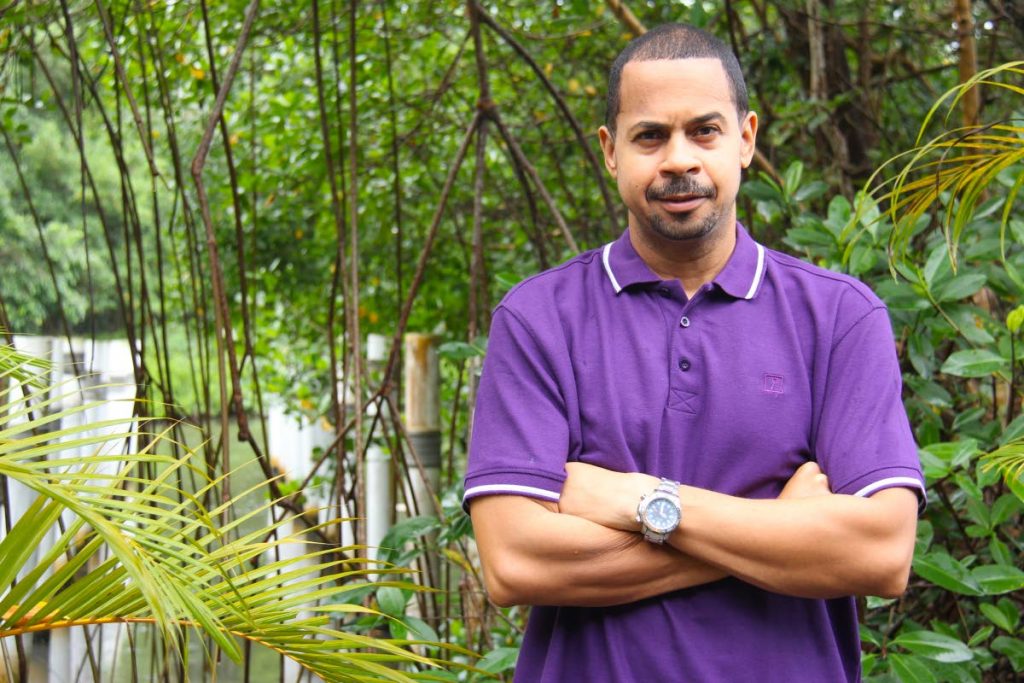Living in a covidian world

Part 1
LAST WEEK, while out foraging for edible mushrooms, shrubs and roadkill, I came across a small group of young people parked on the banks of a picturesque box drain. Four non-essential looking yutes sat close together. They weren’t wearing masks because 3M has yet to develop a mask through which you can drink Guinness.
There seems to be a prevailing vibe that on April 30, it’s back to bedlam. Many were seduced by the idea that #stayathome is the remedy for covid19. After that date, the coronavirus will presumably have lost interest and moved on.
The largely untold truth is, sequestration was supposed to be a time-buying gambit. It was intended to prevent healthcare systems from being overwhelmed and reduce the spread of the virus by limiting social interactions. Just as important was using the lockdown to plan and prepare for a gradual and safe return to an existence forevermore overshadowed by the omnipresence of the coronavirus.
Health Minister Terrence Deyalsingh says it’s too soon to talk about reopening the country. Lifting restrictions, he opines, would slingshot us right back to the “stone ages,” or worse, the geezan-ages.
No one, no person who should be taken seriously anyway, was proposing premature abandonment of the lockdown. What non-coolaid drinkers have been asking is, what’s the plan? We can’t have a conversation about life after lockdown after the lockdown.
Thankfully, the Prime Minister sees things differently to his Health Minister. A committee was established, albeit belatedly, to plot a post-covid19 roadmap. They’ve been given until the end of May to complete their report. I thought it might be useful to humbly offer some considerations.
We’re looking at 12 to 18 months for a safe, effective vaccine. That means we must continue to behave like we’re being stalked by the virus for a while.
In TT, it’s critical that we craft and roll out a robust public education campaign to prod behavioural changes to keep TT safe. These are changes that didn’t happen in the way we needed during the lockdown. Too many people were leaving their homes for non-essential activities, gathering in groups and practising social nearness without masks.
It’s important to note that not everyone flouting public safety recommendations were being wilfully stubborn. The reasons are too complex to explore here, but for many of our citizens, simply staying at home was not an option. That’s why social assistance programmes and support for those who didn’t have the luxury of chilling at home are critical.
From a communications standpoint, covid19 safety messaging remains sparse. A daily news conference does not a public education campaign make. It’s not that we don’t have the experience or capability to do better. Many people of my generation and older likely remember the Chase Charlie Away anti-littering campaign. There were signs, billboards and newspaper, television and radio ads. Dutty old Charlie was everywhere. This campaign was pre-internet and yet it stuck in my head. The same could have been done for covid19.
It remains to be seen what an easing of restrictions will look like. Scenes resembling legions of Orks stampeding across a Tolkienian battlefield for the nearest KFC come to mind. That’s why public education will be crucial to any post-lockdown strategy.
Proactive communication will encourage people to adopt prophylactic behaviours, stimulate heightened disease surveillance, reduce confusion and allow for a more efficient use of resources.
For example, Public Health England created downloadable resource packs including posters, leaflets, social media banners etc so businesses, NGOs and regular schmoes can download, print and support covid19 public education.
Materials hinge on the themes: stay home, save lives, household isolation and hand-washing advice.
In the US, the Ad Council, along with the federal government and other stakeholders, launched a Coronavirus Campaign Toolkit. It includes a series of PSAs to provide critical messages to the American public and incorporates videos, radio, print, outdoor banners and social media content.
Signage in countries taking this disease seriously is ubiquitous. To date, our signage hasn’t risen above the sophistication of a sheet of paper taped to the inside door or window of a business place. In an ideal world we would have signage at transportation hubs, buses, maxis, businesses and anywhere people have to line up for goods and services.
If Trinis think we’re approaching some sort of end to this crisis, the party now start – but not the party most are gearing up for. We must double down on communication and public education to give ourselves the best chance of pulling through this unprecedented crisis.
Part 2 on Tuesday


Comments
"Living in a covidian world"